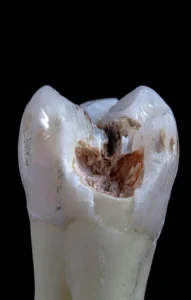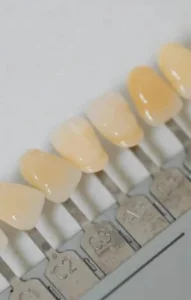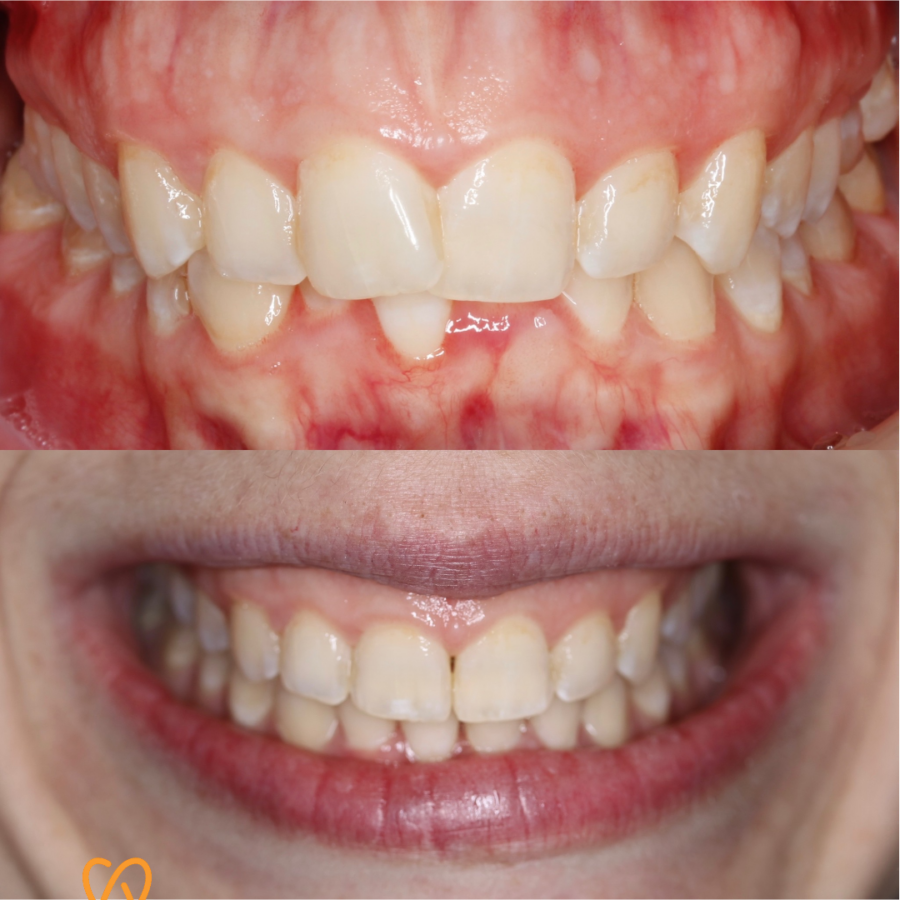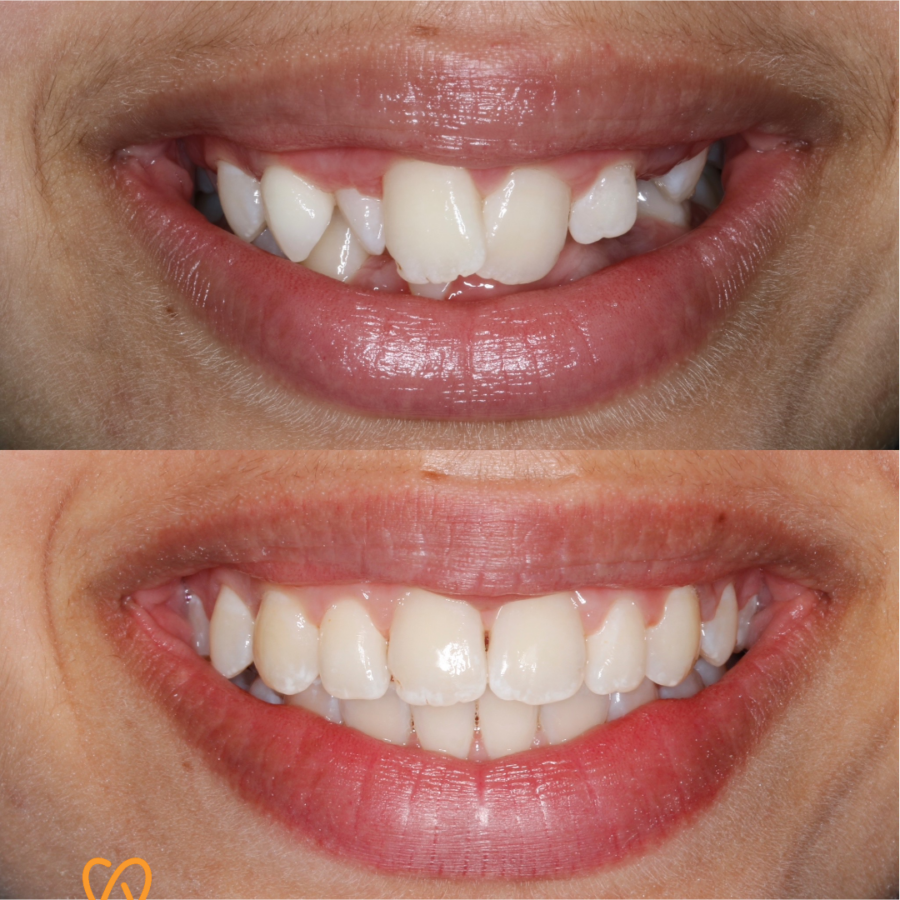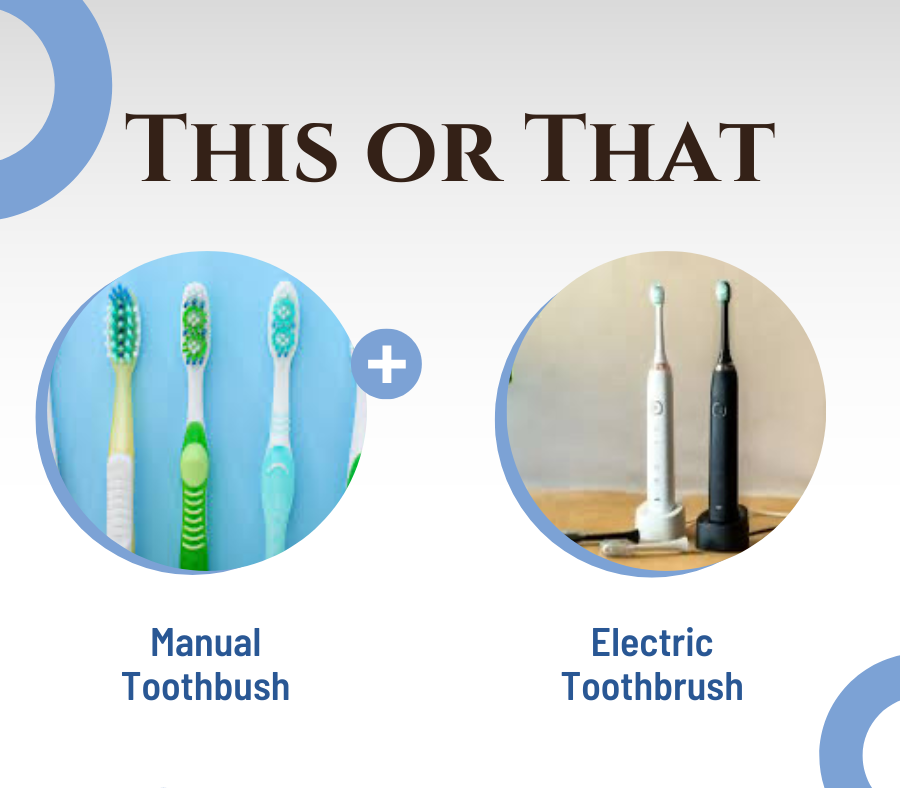
What Are Dental Fillings?
Dental fillings are used to repair cavities and restore teeth to their normal shape and function. The choice of filling material depends largely on the location of the tooth and the extent of the repair needed. Options include:
- Composite fillings: Tooth-coloured materials that blend seamlessly with your natural teeth, ideal for visible areas.
- Amalgam fillings: Durable and strong, suitable for back teeth where chewing pressure is greatest.
- Ceramic fillings: Made from porcelain, these fillings are both durable and aesthetically pleasing, matching the natural colour of your teeth.
Signs You Might Need a Dental Filling
You might need a dental filling if you notice:
- Tooth pain: Persistent pain could be a sign that decay has reached the sensitive inner layers of your tooth.
- Visible holes or pits in your teeth: These are often clear indicators of cavities.
- Sensitivity to sweet, hot, or cold foods: This can suggest that enamel has worn away, exposing the sensitive dentin.

The Dental Fillings Process
Gaining insight into our Cranbourne North Dental approach to fillings can alleviate any concerns you might have:
Initial Consultation
Your treatment at Cranbourne North Dental starts with an in-depth consultation. Here, our dentists will assess your dental health, focusing on detecting cavities or areas of decay that could benefit from fillings. Advanced diagnostic tools may be used to precisely determine the condition of your teeth. We’ll ensure you have a clear understanding of the proposed treatment and address any queries to guarantee your comfort and confidence moving forward.
Preparing for the Procedure
Ensuring your utmost comfort, the area around the tooth to be filled will be thoroughly numbed with a local anaesthetic. For those who feel anxious about dental work, various sedation methods are available to provide a calm and stress-free experience.
Cleaning and Shaping the Tooth
Once the area is numb, the next step is to remove the decayed material from the tooth. This is done meticulously to avoid affecting the healthy part of the tooth. After the decay is removed, the tooth is shaped to prepare it for the filling material.
Filling the Tooth
The selected filling material is then carefully placed into the clean cavity. We apply the material in precise increments, hardening each layer as we go to ensure durability and strength. The filling is then sculpted to align perfectly with the natural bite of your teeth.
Finishing Touches
After the filling has been placed and shaped, we polish it to a smooth finish. This not only improves the appearance but also ensures that your filling integrates seamlessly with the surrounding teeth, restoring function and aesthetics.
Care After the Procedure
We provide comprehensive aftercare advice to help you manage any post-procedural sensitivity or discomfort. It’s important to follow these guidelines to ensure the longevity of your filling and maintain oral hygiene. We also encourage regular dental visits to monitor the condition of your filling and overall dental health.
It’s normal to experience some sensitivity to temperature changes after receiving a filling, but this should diminish within a few days. Proper care will help maintain the integrity and appearance of your filling for years to come.
Get In Touch With Cranbourne North Dental About Your Filling Today
Ready to improve your dental health with high-quality fillings? Don’t wait for tooth decay to cause more discomfort. Contact Cranbourne North Dental today to schedule your consultation. Our friendly team is ready to restore your smile and help you maintain optimal oral health. Visit our website or call us directly to book your appointment and take the first step towards a healthier, more confident smile.
Call Us or Book Online Now
Common Problems
Questions About Your Dental Filling?

What types of filling materials are available?
We offer composite resin, amalgam, and porcelain fillings. Composite resin is excellent for its natural appearance, amalgam for its durability, and porcelain for its strength and colour matching.
How should I care for my teeth after getting a filling?
Maintain good oral hygiene by brushing twice a day, flossing daily, and avoiding hard foods with the filled teeth. Regular dental check-ups are essential to monitor your fillings.
Is the filling procedure painful?
The procedure is typically painless, performed under local anesthesia to numb the area. Any post-procedure sensitivity or discomfort can usually be managed with over-the-counter pain relievers.

